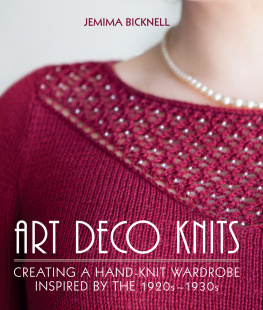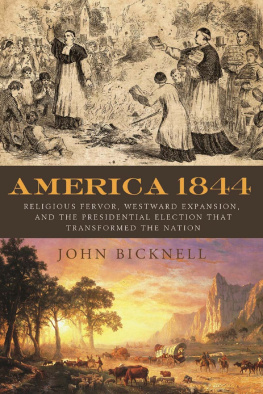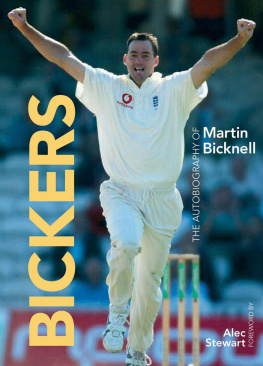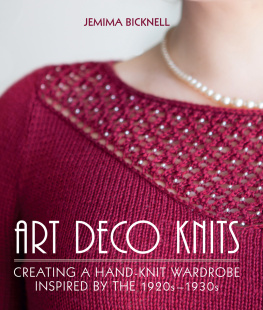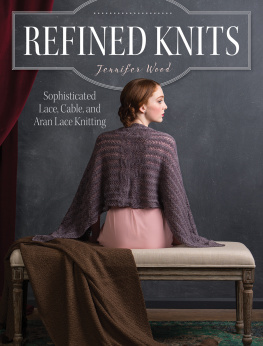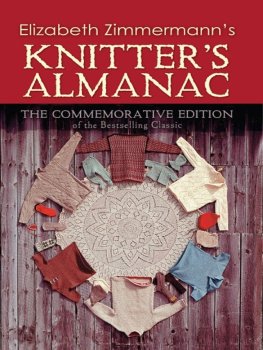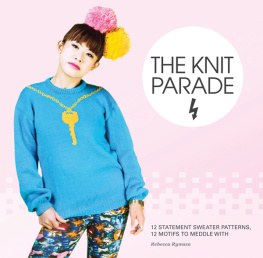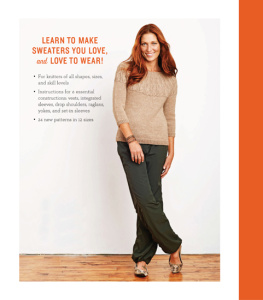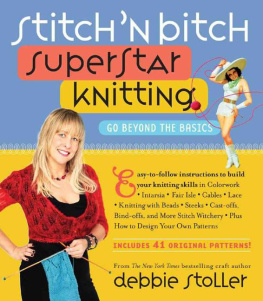
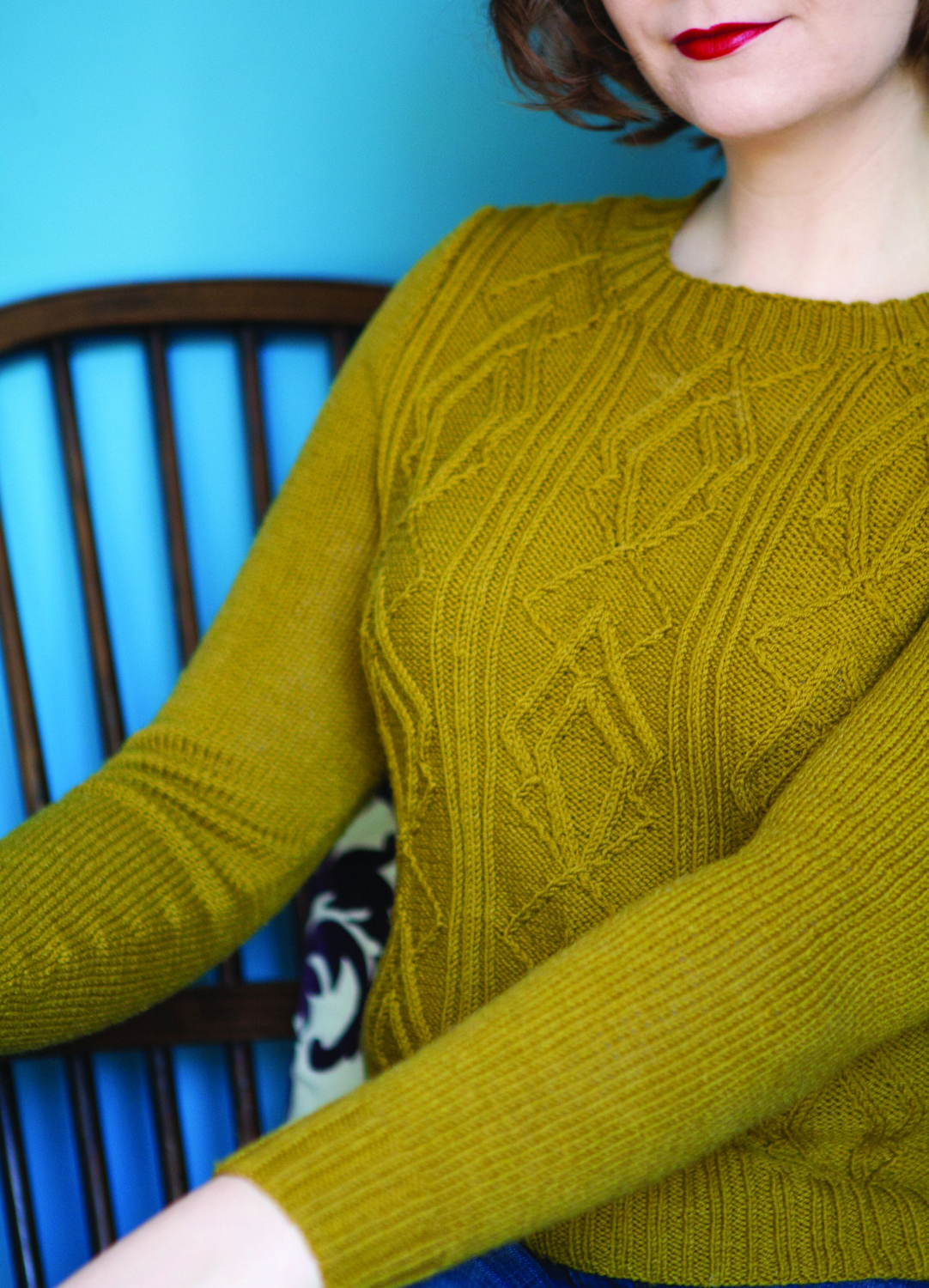
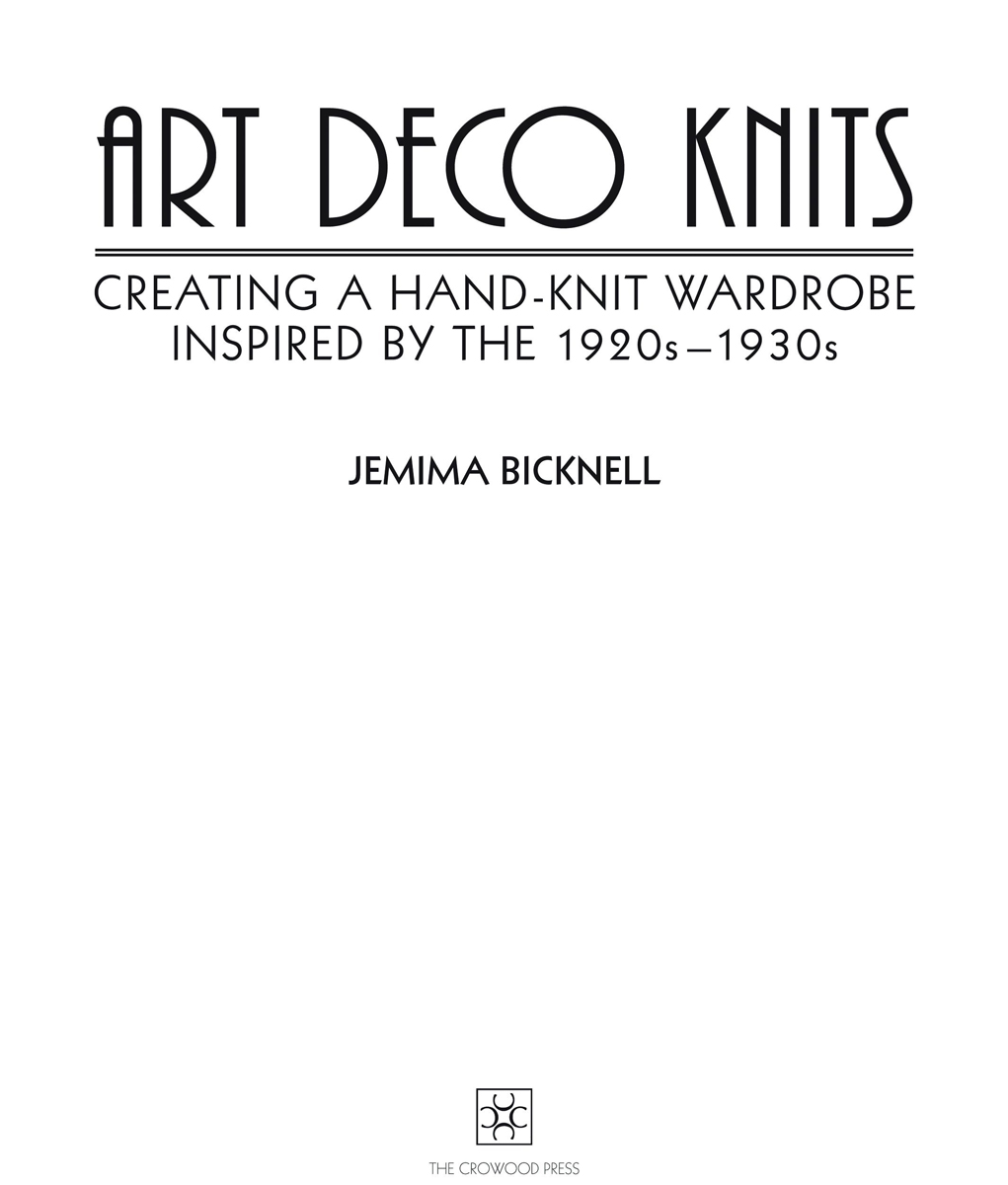
First published in 2019 by
The Crowood Press Ltd
Ramsbury, Marlborough
Wiltshire SN8 2HR
www.crowood.com
Jemima Bicknell 2019
All rights reserved. This e-book is copyright material and must not be copied, reproduced, transferred, distributed, leased, licensed or publicly performed or used in any way except as specifically permitted in writing by the publishers, as allowed under the terms and conditions under which it was purchased or as strictly permitted by applicable copyright law. Any unauthorised distribution or use of this text may be a direct infringement of the authors and publishers rights, and those responsible may be liable in law accordingly.
British Library Cataloguing-in-Publication Data
A catalogue record for this book is available from the British Library.
ISBN 978 1 78500 550 3
CONTENTS
ACKNOWLEDGEMENTS
I am so grateful to the many people who helped to bring this book into existence, both directly and indirectly. Firstly, special thanks are due to three amazing women: Rachel Atkinson, Susan Cropper and Juju Vail. To Juju, without whom this book would not have happened, to Rachel, who showed me a career with sticks and string was possible, and to Susan, for offering me my very first job in this knitting business thank you so much. Thank you also to the Loopettes (and Loop Lad!), past and present, and to all of my knitting friends and colleagues. I couldnt have done this without your support over the years.
Thank you also to my technical editor, Laura Chau, for her eagle eye and careful pattern checking, and to my wonderful mother-in-law, Kate Stanley, for providing her family photographs for this book.
More thanks are due to my husband than is possible to express here. He has worn many hats during the creation of this book photographer, proof reader, therapist and I am so grateful.
Finally, Id like to dedicate this book to my knitting partner-in-crime and my number one cheerleader Mum, this book is for you. I hope you like it!
INTRODUCTION
No other era captures our imagination quite like the Jazz Age. Nearly every generation has reinterpreted the eras style, fashion and mood in some way, and creators in all areas of design return to it again and again, drawing fresh inspiration each time. Art Deco, the wide-ranging style that left its mark on everything from architecture to fashion, is continually appealing. Decorative, but not fussy, clean, but not boring, Art Deco design was wildly popular during the inter-war period and continues to be drawn upon today.
For those creators interested in making beautiful clothing for their own wardrobe, the 1920s and 30s can be a particularly inspiring period, as it marks the beginning of fashion as a desirable and accessible pastime, no longer limited to the richest section of society. Cultural change shapes fashion, and few periods contained as much cultural, social and economic change as the two decades between the First and Second World Wars. The clothes women wore represented (and sometimes asserted) their increasing social freedoms, including the growing acceptance of female suffrage and greater (albeit still limited) opportunities for women to earn an income. Clothes could now make the woman and an increasing supply of sewing and knitting patterns meant that women could now make the clothes not just as a practical fulfilment of domestic requirements, but also as a source of joy and self-expression.
This book aims to encourage this joy and self-expression in the modern knitter who is drawn to the glitter of the 1920s and the elegance of the 1930s. It is split into three parts. The first section, Style and Materials, introduces the fashionable silhouettes and design details of the 1920s and 30s, and shows how they were interpreted in the knitting patterns of the period. This section also gives helpful information on the basics of a successful knitting project, including tools, materials, how to read your knitting and the importance of tension. The second section, Techniques, covers everything you need to know to create beautifully patterned and embellished fabrics, and includes a stitch dictionary of Art Deco-inspired stitch patterns. Finally, there are nine patterns inspired by various aspects of the period. These patterns are designed as a starting point for your own creativity, and each includes ideas and tips for tweaking them to create your own unique projects and, ultimately, build your own vintage-inspired wardrobe.
SECTION 1 - STYLE AND SILHOUETTE
CHAPTER 1
THE 1920S- BRIGHT YOUNG THINGS
The silhouette of the 1920s woman is instantly recognizable. Ask someone to describe her and the flapper will quickly come to mind, a wild party girl wearing a loose, fringed evening dress and long strands of pearls, with bobbed hair and a cloche hat completing the look. The flapper girl is certainly an important and enduring facet of the 1920s look but the classic style did not appear immediately and throughout the decade fashionable silhouettes morphed and changed to reflect the cultural developments of the time. This variety is helpful to keep in mind when we are looking to the 1920s for inspiration as specific design details from the period can be adjusted to suit your body shape, while still maintaining an overall vintage look. There was more to 1920s clothing than shift dresses and fringe!
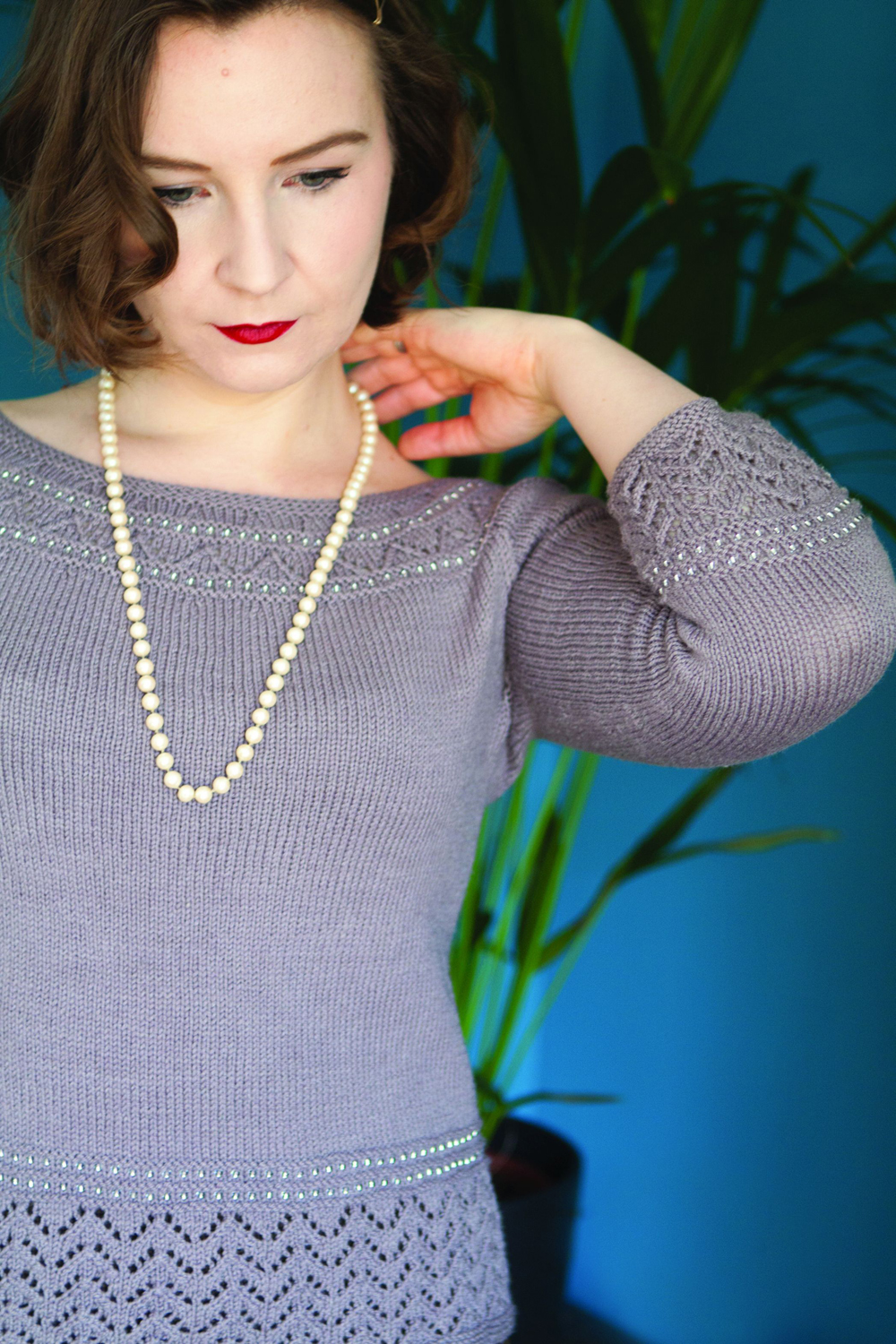
The straighter, simplified look that we associate with the 1920s actually had its roots in the Edwardian period. The silhouette had already begun to loosen over the course of the 1910s, in part due to the new physically demanding roles filled by women during the First World War. Corsets at least the rigid, whale-bone enforced kind, as fashion had by no means finished with the use of underwear to shape the female body had already started to fall out of favour as freedom of movement and comfort became more of a concern to the fashionable woman.
As the decade began, dresses became loose and shift-like and the waist began to drop lower on the body, towards the hip. The general silhouette was intended to be long, lean and tubular in appearance, giving the wearer a boyish look without visible curves. These slim lines were encouraged with elasticated undergarments the (slightly!) more comfortable successor to the corset. For the first time in history, hemlines began to creep upwards reaching calf-length in the first half of the decade and eventually rising all the way up to the knee. Although relatively demure by todays standards, this was a radical departure from Victorian concern over visible ankles from only a few decades earlier! Sport and leisure activities such as golfing and tennis were increasingly popular, and these energetic new pastimes required comfortable clothing that allowed for easy movement.
This simplification of the silhouette introduced fashion to a far wider audience than ever before. In contrast to the careful fitting and complex construction of garments in previous decades, a fashionable dress now consisted of only a few pattern pieces, required simple fitting techniques, and could easily be sewn by the enterprising home seamstress in an evening. Fashion and style were now accessible, desirable, and within reach, a development that went hand in hand with the growth of the glamorous new world of Hollywood and cinema. The silver screen offered plenty of fashionable inspiration and women could emulate the wardrobe of their favourite actress relatively easily.

